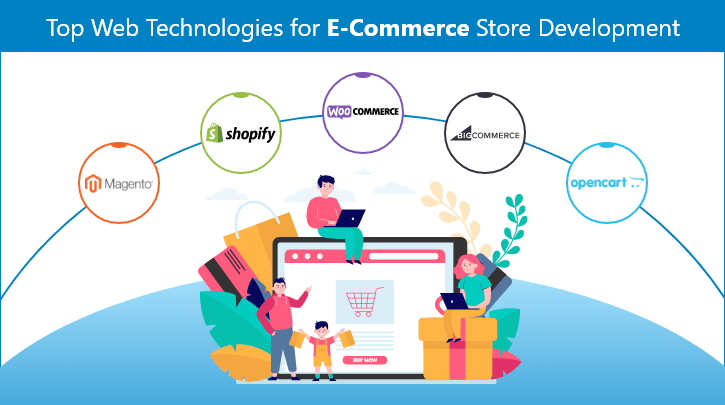Anne Borre Events & Insights
Exploring the latest trends and stories from Anne Borre.
Why Your E-Commerce Site Needs More Than Just a Shopping Cart
Unlock e-commerce success! Discover why your site needs more than just a shopping cart to boost sales and engage customers.
The Hidden Costs of Ignoring User Experience in E-Commerce
In the competitive world of e-commerce, user experience (UX) is often overlooked by businesses aiming to cut costs and streamline their operations. However, ignoring UX can lead to significant hidden costs that severely impact a company's bottom line. When visitors encounter a website that is difficult to navigate or slow to load, they are likely to abandon their shopping carts in frustration. According to research, a mere 1-second delay in page loading time can result in a 7% reduction in conversions. This means that neglecting UX not only risks losing customers but can also undermine the efforts spent on driving traffic to the site.
Furthermore, poor user experience does not just affect immediate sales; it can also tarnish a brand's reputation in the long run. Today’s consumers are quick to share their experiences through social media and review platforms, which can significantly influence potential customers. A negative shopping experience can lead to negative reviews, harming your SEO rankings and reducing the visibility of your e-commerce site. Companies that invest in creating a seamless user experience not only boost their conversion rates but also cultivate loyalty and trust among their customers, translating into sustained long-term profits. Ignoring the importance of UX is, therefore, a gamble that can cost far more than you might initially think.

Beyond Transactions: Essential Features for a Successful Online Store
In today's digital landscape, merely facilitating transactions is not enough to ensure the success of an online store. To stand out in a competitive market, e-commerce websites must incorporate essential features that enhance user experience and foster customer loyalty. These include intuitive navigation, which allows users to find products effortlessly, and responsive design that ensures seamless browsing on different devices. Additionally, implementing robust search functionality, including filters and sorting options, can significantly streamline the shopping process, making it easier for customers to locate what they need.
Moreover, effective customer engagement tools such as chat support, personalized marketing, and customer reviews play a crucial role in building trust. A well-designed checkout process that minimizes distractions and offers multiple payment options is equally vital; it can significantly reduce cart abandonment rates. Beyond these, incorporating features like detailed product descriptions, high-quality images, and user-generated content can help potential buyers make informed decisions. By focusing on these essential elements, online stores can move beyond mere transactions and create meaningful shopping experiences that drive sales and satisfaction.
How an Integrated Marketing Strategy Can Boost Your E-Commerce Sales
In today's highly competitive digital landscape, an integrated marketing strategy is essential for maximizing your e-commerce sales. By combining various marketing channels—such as social media, email campaigns, content marketing, and search engine optimization—your brand can create a cohesive message that resonates with your target audience. This holistic approach not only enhances brand visibility but also fosters customer loyalty. As consumers encounter your brand across multiple platforms, they are more likely to recognize and trust your products, ultimately leading to increased conversions.
Moreover, an integrated marketing strategy allows for better data collection and analysis, which can inform future marketing efforts. By leveraging insights from various channels, businesses can identify trending products and consumer preferences, enabling them to tailor their offerings accordingly. Additionally, this strategy promotes consistency in messaging and branding, ensuring that customers receive a unified experience throughout their buying journey. Implementing such an approach can significantly uplift your e-commerce sales and position your brand for sustained growth in the long term.